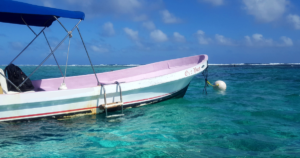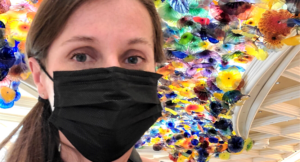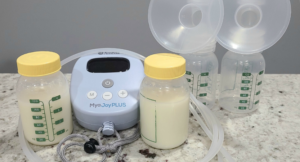Navigation
Compass, map, GPS system. If doing day hikes, you can consider following the path on online map on your cellphone. If you download maps when you have service, you will still be able to access them in the park where often service is spotty or nonexistent. Make sure your cellphone is charged completely before you go, and you may want to consider putting it on airplane mode to conserve battery power. It is good to have map and compass as back up because cellphones can be unreliable or lose battery power.
appropriate footwear and layers
Always prepare for the most extreme conditions. Bring hat, gloves, raincoat, jacket. Sudden changes in weather or getting lost and having to spend the night on the trail have occurred and being prepared for those extremes is essential. Fast drying layers are advisable as they can wick moisture away. Good well-fitting footwear that has traction and support can make a huge difference in your experience. Trying out or breaking in your shoes before a long hike/trek is advisable.
And into the forest I go, to lose my mind and find my soul- John Muir
Hydration
It is essential to drink enough water while doing outdoor activities especially in hot weather. You can familiarize yourself with bodies of water nearby that you can collect water from and purify for longer hikes or in case of emergency.
nutrition
Make sure to bring enough snacks for not only the hike but for additional day. Energy bars, granola bars, trail mix, nuts, jerky are great snacks that do not require cooking.
Sun and Bug protection
Sunscreen, sunglasses and hat to prevent sunburns and protect your eyes. This is essential even in the winter/cold temperatures and when cloud coverage. You can also consider sun-protective clothing. Also be bug aware- consider insect repellant and wearing long light-colored clothing. Make sure to do a tick check after hiking and remove any ticks with tweezers with slow pulling motion ensuring to remove entire tick including the tick’s head.
I took a walk in the woods and came out taller than trees- Henry David Thoreau
lighting
Headlamps or flashlights should be in every hiker’s daypack. Being stuck on the trail without a light source can be more than challenging. Headlamps are ideal because they are hands free. There is a flashlight on most cellphones but as cellphones can be unreliable and lose battery having other methods is advisable. You should also bring back up batteries for your light source.
first aid supplies
You can buy a small kit or make your own including hand sanitizer, cleaning supplies, bandages, antibiotic ointment, medications, electrolyte replacement powder, tweezers. You can consider taking a basic wilderness medicine, first aid or CPR course to gain the skills needed to take care injuries.
It is not the mountain we conquer, but ourselves- Sir Edmund Hillary
Repair kit
Knife or Multi-Tool Device and Tape. This can be very useful for first aid and gear repair and for emergency situations.
Fire
Matches, lighter, fire starters- this can be not only a heat source but useful as emergency signal.
Shelter
Examples include: tent, tarp, sack, or an emergency space blanket. This can be necessary for protection from the elements if stranded or injured or in the event of extreme weather change.




